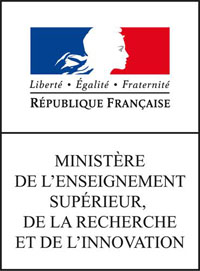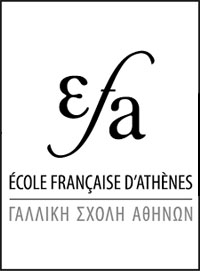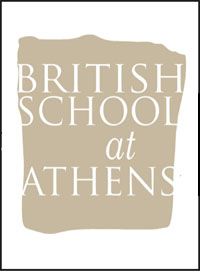AGATHONISI Tholoi - 2006
Informations Générales
Numéro de la notice
855
Année de l'opération
2006
Chronologie
Mots-clés
Nature de l'opération
Institution(s)
Toponyme
Notices et opérations liées
Description
Agathonisi. Tholoi. P. Triantaphyllidis (ΚΒ' ΕΠΚΑ) reports on investigation of a monumental, probably EByz, complex near the bay of Tholoi, ca. 2km SE of Megali Chorio.
The structure is orthogonal, 25m x 23m, oriented N-S, and has 7 ground-floor rooms or spaces with built vaults, entrances from the E and walls of isodomic rubble masonry. The walls, and parts of the stone paved or pebble floors, are coated with thick lime plaster. Terracotta pipes run down vertically inside the walls, probably as air channels, as well as in the ceiling, a clear feature of the domed ceiling construction. In the 3rd dome, an inscription was incised into the wall plaster, in 2 lines next to a Christogram within a circle, reading ΘΕΑΒΩΝΟΣ / ΥΙΟΥ IC ΝΚ .
The building at present appears unique in the Aegean. The use of quarried stone and the absence of brick is a distinctive architectural trait, which classifies the building with the architectural styles of N Syria and Asia Minor in LAntiquity. The tholoi were probably stores for grain or other foodstuffs. Indications that this was a 2-storey granary include the complete sealing of the interior with plaster, the air channels in the domed ceilings and dividing walls, and the fact that the floor is supported on columns (suspensurae). The form of the building − oriented N-S and with small spaces of equal size laid out in line and protected on the E side by a stoa − indicates that it is to be associated with a horrea militaris. Use of the building in later phases is confirmed: some of the domed entrances on the S side were blocked and cuttings are preserved in the wall above them to support the joists for a wooden floor above.
The structure is orthogonal, 25m x 23m, oriented N-S, and has 7 ground-floor rooms or spaces with built vaults, entrances from the E and walls of isodomic rubble masonry. The walls, and parts of the stone paved or pebble floors, are coated with thick lime plaster. Terracotta pipes run down vertically inside the walls, probably as air channels, as well as in the ceiling, a clear feature of the domed ceiling construction. In the 3rd dome, an inscription was incised into the wall plaster, in 2 lines next to a Christogram within a circle, reading ΘΕΑΒΩΝΟΣ / ΥΙΟΥ IC ΝΚ .
The building at present appears unique in the Aegean. The use of quarried stone and the absence of brick is a distinctive architectural trait, which classifies the building with the architectural styles of N Syria and Asia Minor in LAntiquity. The tholoi were probably stores for grain or other foodstuffs. Indications that this was a 2-storey granary include the complete sealing of the interior with plaster, the air channels in the domed ceilings and dividing walls, and the fact that the floor is supported on columns (suspensurae). The form of the building − oriented N-S and with small spaces of equal size laid out in line and protected on the E side by a stoa − indicates that it is to be associated with a horrea militaris. Use of the building in later phases is confirmed: some of the domed entrances on the S side were blocked and cuttings are preserved in the wall above them to support the joists for a wooden floor above.
Auteur de la notice
Catherine MORGAN
Références bibliographiques
P. Triantaphyllidis, AAA 39 (2006), 186−92
Date de création
2010-03-10 00:00:00
Dernière modification
2023-10-04 10:16:26








